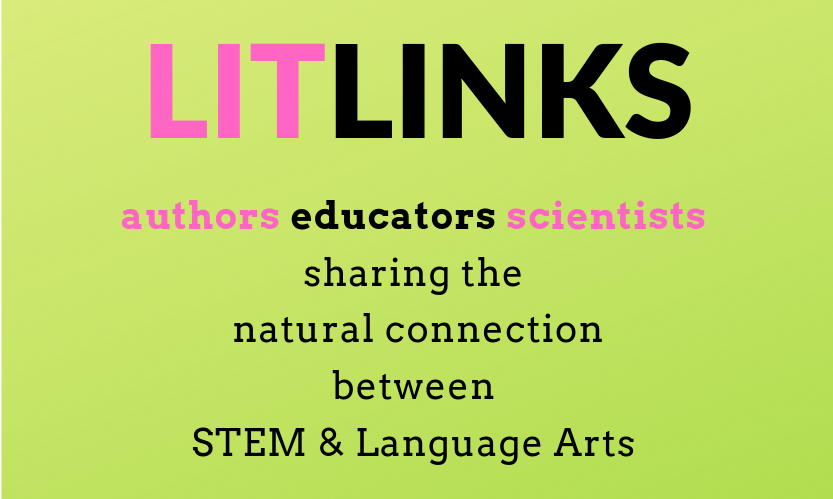
GUEST BLOGGER VIVIAN KIRKFIELD
Curiosity sparks invention
All aboard, educators! Whether you are a tenured teacher, a newbie substitute, or a parent who is homeschooling or assisting your children with remote learning, this past year has been a year of RE-invention.
When I was teaching kindergarten years ago, I realized that hands-on discovery helped engage students of all levels of ability. This type of learning sparks curiosity – and those sparks often ignite passions. If we foster those passions, our children will have a chance to become life-long learners.
Picture books are fantastic resources for hands-on projects that weave STEM with literacy activities – especially a book like From Here to There: Inventions That Changed the Way the World Moves. Each of the nine chapters is an engaging biography of a visionary who saw a need or a problem and solved it – and each story offers opportunities for extended learning experiences in science and math, as well as in art and writing. Here are a few.
Challenge #1: Create your own invention
Karl Drais lived in a time when most people walked where they had to go or used a horse and wagon. But when a volcanic eruption changed the climate, the oat crop in Germany failed. With a scarcity of oats, only the very rich could afford horses and Karl built the first bicycle so that he could go faster with his own two feet.
Ask your students:
- What would you invent to help people get around?
- Make a list of materials needed for the invention and draw a picture of your invention.
- Karl rode his Laufsmaschine (he called the bike a running machine) from Karlsruhe to Kehl in Germany. Get a map of Germany and trace his journey of 31 miles.
- Look at a map of your state. Find your city or town. Use a compass to draw a circle with a radius of 31 miles around your home. Depending on the direction you took, where could your 31-mile ride take you?
Challenge #2: How much faster is the train?
Before trains were invented, most people never went further than a few miles from where they were born – walking at a speed of about 3 miles per hour. And when trains were first invented, many people were afraid –they thought traveling at such a fast rate of speed (35 miles an hour at the most) would be dangerous to a person’s health because even on the fastest horse, you could only go 30 miles an hour. And the fastest a human being can run is a little over 25 miles an hour – and only for a very brief period of time.
Ask your students:
- You’ve been invited to ride Stephenson’s Rocket from Liverpool to Manchester, a distance of about 30 miles. If you leave at 10:00 am and chug along at 30 miles per hour, what time will you get there?
- Mr. Stephenson is having trouble stoking up the engine, so you saddle up the horses that will canter along at 15 miles per hour. How long will it take you to get to Manchester?
- A bolt of lightning spooks the horses and they run off. What time will you get to Manchester if you have to walk?
- Write a short story or poem about the day you almost got to ride the Rocket.
Challenge #3: Taking a trip back in time
Bertha Benz lived in a time when most people thought women were delicate and weak. But to test drive the car her husband had built, she took a 65-mile road trip with her sons through Germany’s Black Forest. Bertha used her ingenuity…as well as her hat pin and garters to keep the car going. Bertha’s trip garnered lots of publicity – newspapers spoke of how safe a car must be if even a woman could drive it.
Ask your students:
- You’ve been asked to cover a big news story! It’s 1888 and a woman is driving a new-fangled automobile through your town. Write an article for the newspaper.
- The first gas-powered auto had only three wheels and a hand-brake. What would the first gas-powered auto have looked like if you had designed it? Draw a picture of it.
- Bertha drove from her home in Mannheim, Germany to her mother’s house in Pforzheim. Get a map of Germany and trace her journey through the Black Forest.
Challenge #4: Your own space vehicle invention
Robert Goddard loved science fiction and dreamed of going to Mars. Climbing a cherry tree on his aunt’s farm, young Robert looked up at the sky and decided he was going to build a vehicle that would fly to the moon. He kept diaries and journals to record all of the observations he made and all of the experiments he did.
Ask your students:
- If you built your own space vehicle, what planet would you visit and why.
- Draw a picture of your space vehicle and the clothes you would wear. Make a list of what you would take with you.
- You’ve arrived at your destination. Write a letter to your family. Write a letter to your best friend.
Challenge #5: Design your own submarine
On a tour of a submarine in 1942, seven-year-old Raye Montague decided she was going to become an engineer. Years later, working on some of the first computers ever made, Raye led a team of engineers to create the first computer-generated design of a naval ship and submarine.
Ask your students:
- Raye bought a used car that cost $375 so she’d be able to get to work at night. If Raye was able to save $5 per week, how long did it take her to save enough for the car?
- If you created a design for a ship or submarine, what would it look like?
- You are going to build an underwater themed park and your submarine will bring people there. Create an advertisement telling everyone about it.
Writer for children—reader forever…that’s Vivian Kirkfield in five words. Her bucket list contains many more than five words – but she’s already checked off skydiving, parasailing, banana-boat riding, and visiting critique buddies all around the world. When she isn’t looking for ways to fall from the sky or sink under the water, she can be found writing picture books in the picturesque town of Bedford, New Hampshire. A retired kindergarten teacher with a masters in Early Childhood Education, Vivian inspires budding writers during classroom visits and on her blog where she hosts the #50PreciousWordsforKids International Writing Challenge. She is the author of many picture books, both fiction and nonfiction. You can connect with her on her website, Facebook, Twitter, Pinterest, Instagram, Linkedin, or just about any place people with picture books are found.
Featured image: “kids-invent-2004-06” by The Bakken Museum is licensed under CC BY-SA 2.0


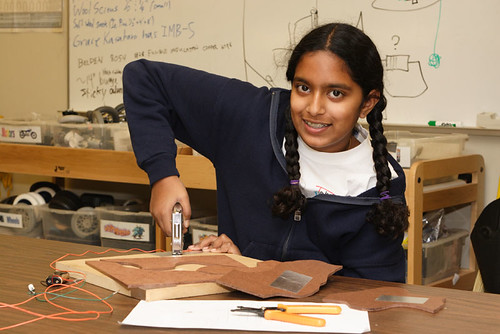
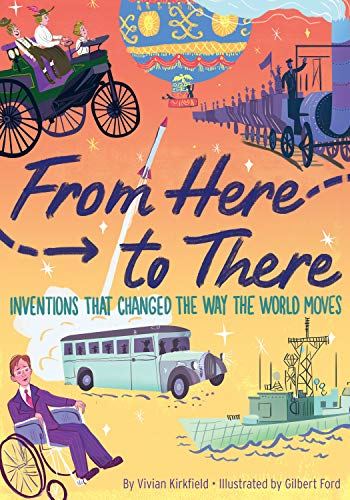
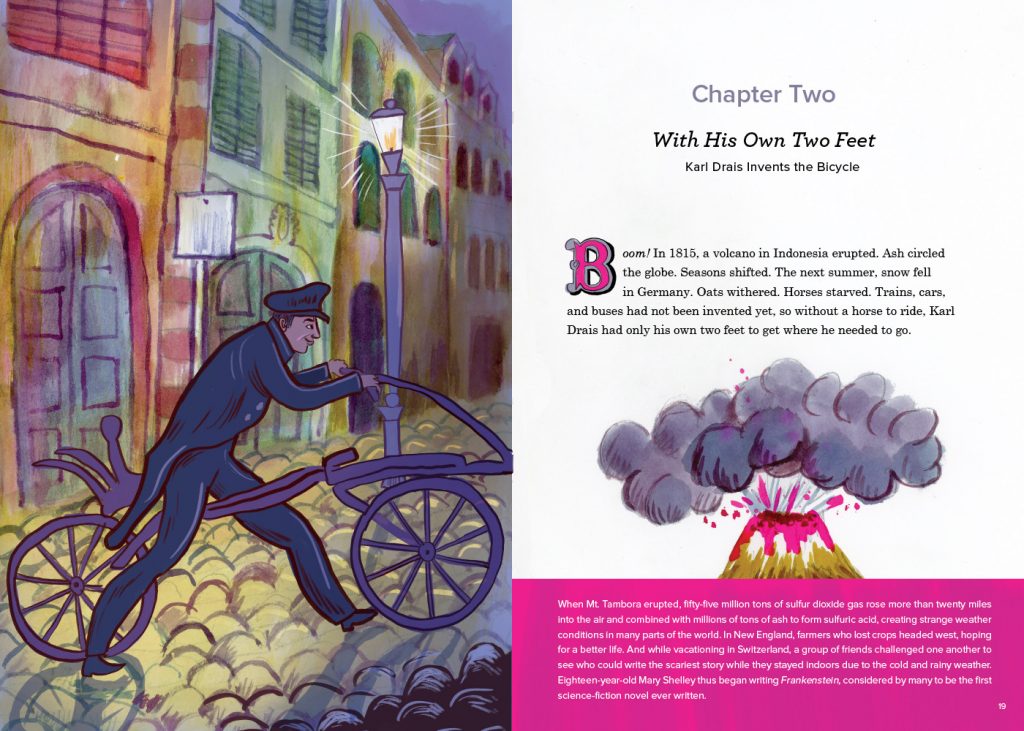
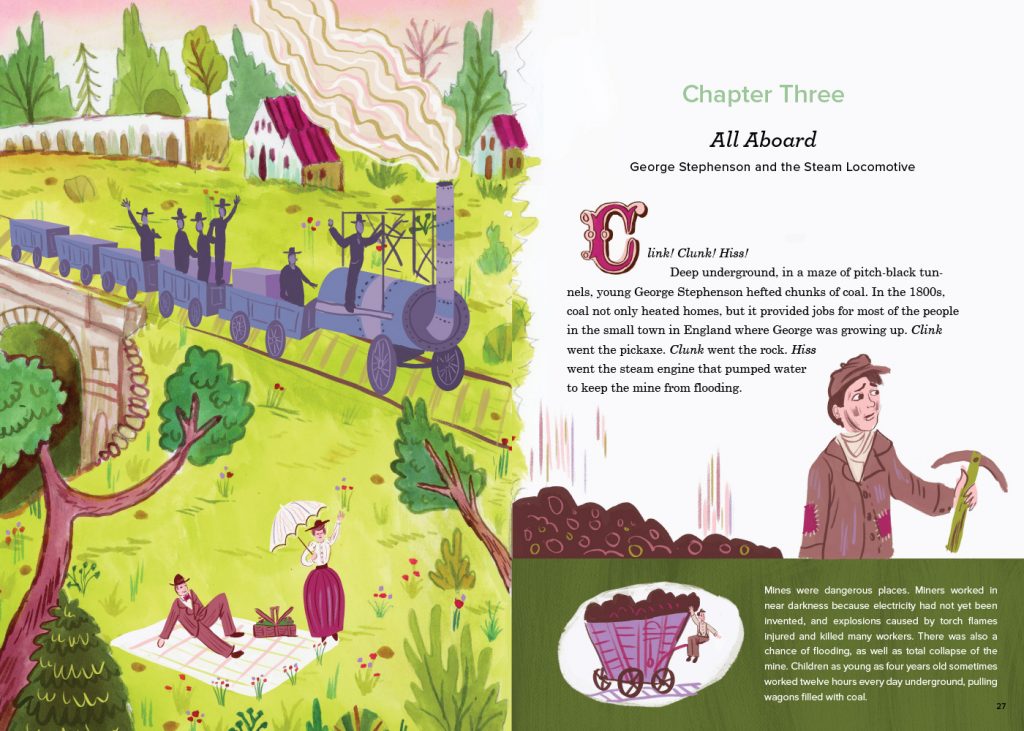
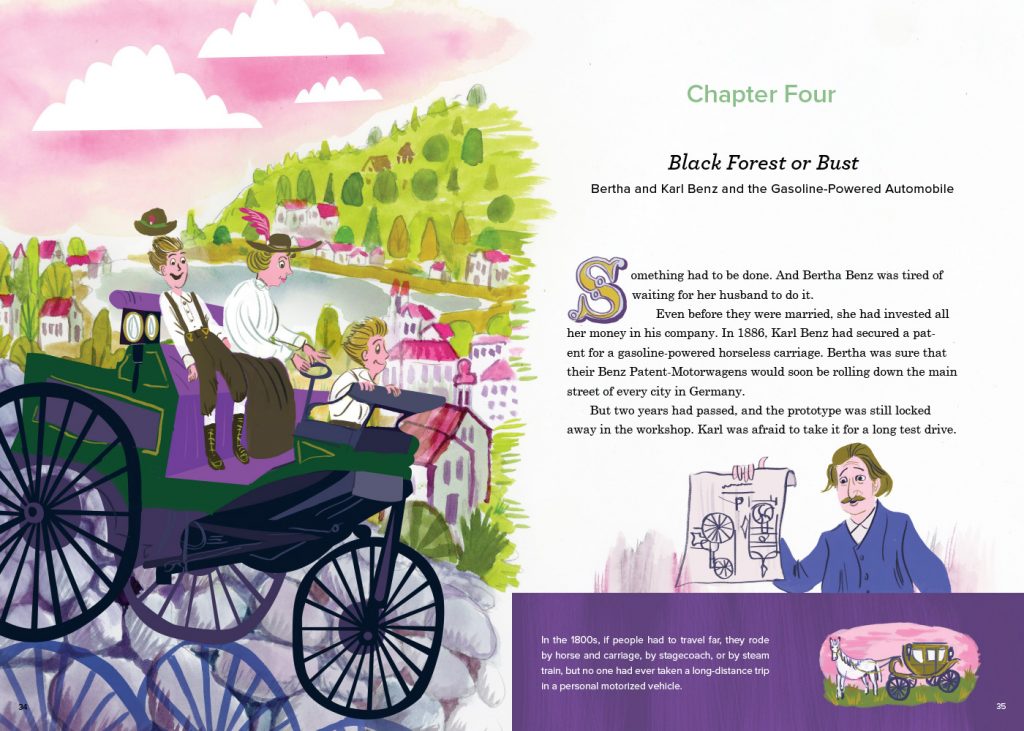
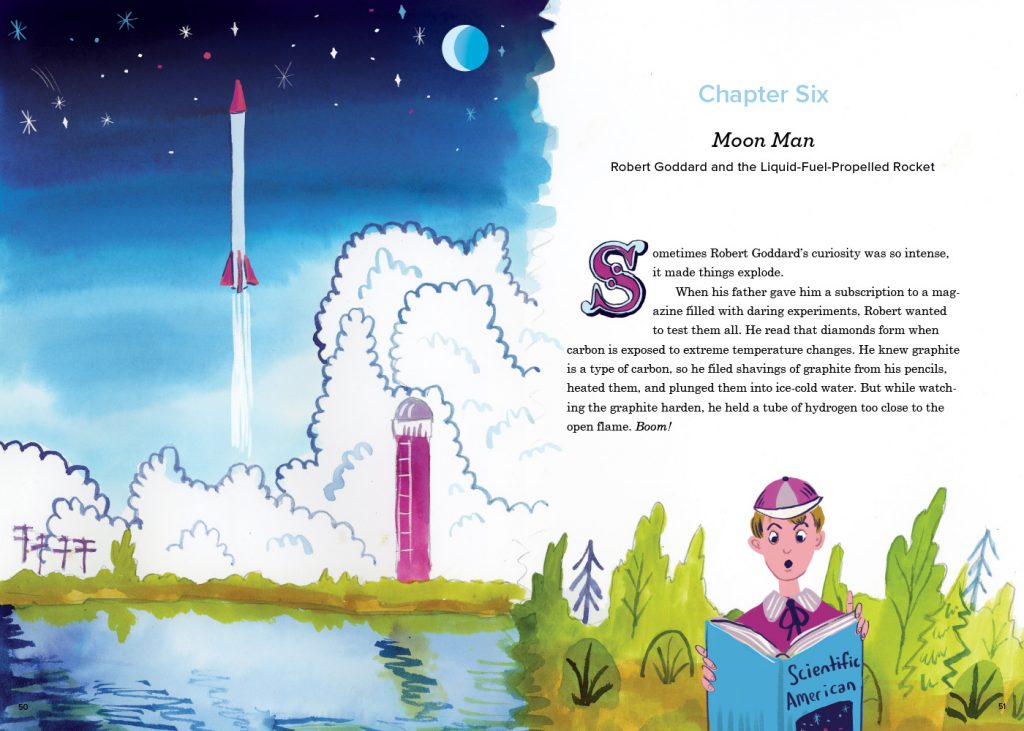
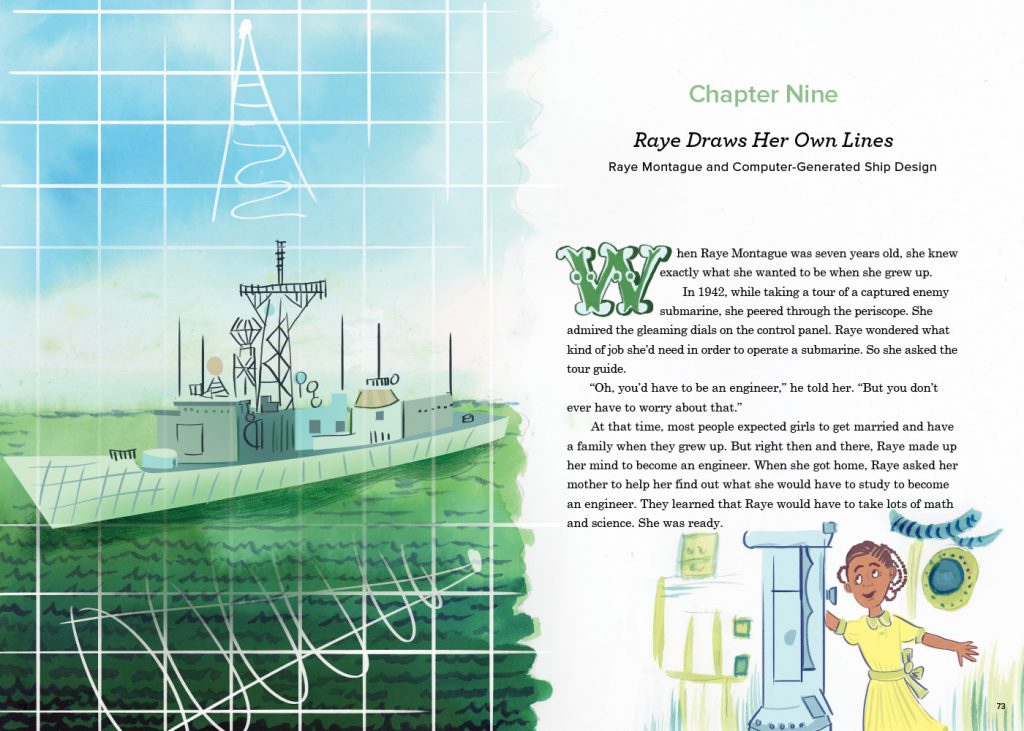

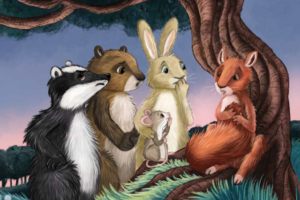
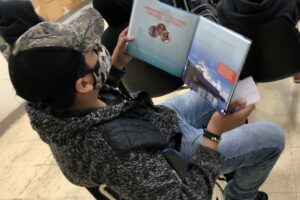


2 Comments
Leave your reply.